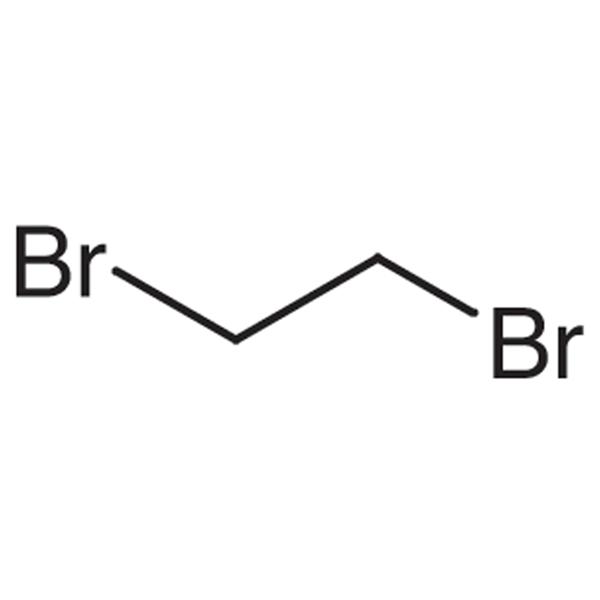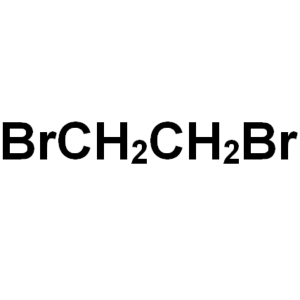1,2-Dibromoethane CAS 106-93-4 Purity >99.0% (GC)
Shanghai Ruifu Chemical Co., Ltd. is the leading manufacturer of 1,2-Dibromoethane (EDB) (CAS: 106-93-4) with high quality. Ruifu Chemical can provide worldwide delivery, competitive price, excellent service, small and bulk quantities available. Purchase 1,2-Dibromoethane, Please contact: alvin@ruifuchem.com
| Chemical Name | 1,2-Dibromoethane |
| Synonyms | Ethylene Bromide; Ethylene Dibromide; EDB |
| Stock Status | In Stock, Commercial Production |
| CAS Number | 106-93-4 |
| Molecular Formula | C2H4Br2 |
| Molecular Weight | 187.86 g/mol |
| Melting Point | 9.0~10.0℃ |
| Boiling Point | 131.0~132.0℃(lit.) |
| Density | 2.18 g/mL at 25℃(lit.) |
| Refractive Index n20/D | 1.539(lit.) |
| Sensitive | Light Sensitive, Heat Sensitive |
| Solubility | Soluble in Alcohol, Benzene, Ether |
| Water Solubility | Practically Insoluble in Water, 4 g/L (20℃) |
| Other Notes | May Darken in Storage |
| COA & MSDS | Available |
| Sample | Available |
| Origin | Shanghai, China |
| Brand | Ruifu Chemical |
| Items | Inspection Standards | Results |
| Appearance | Colorless to Light Yellow Liquid | Colorless Liquid |
| Water by Karl Fischer | <0.05% | 0.02% |
| Density (20℃) | 2.178~2.186 | Complies |
| Refractive Index n20/D | 1.538~1.540 | Complies |
| Acidity (HCl) | <0.001% | <0.001% |
| Purity / Analysis Method | >99.0% (GC) | 99.5% |
| Infrared Spectrum | Conforms to Structure | Complies |
| Proton NMR Spectrum | Conforms to Structure | Complies |
| Conclusion | The product has been tested & complies with the given specifications | |
| Note | This product is low melting point solid, may change state in different environments (solid, liquid or semi-solid) | |
Stable, but may be light sensitive. Incompatible with strong oxidizing agents, magnesium, alkali metals. Relatively stable at room temperature, but in light can slowly decompose into toxic substances.
Package: Bottle, 25kg/Drum, or according to customer's requirement.
Storage Condition: Light and heat sensitive. Keep the container tightly closed and store in a cool, dry and well-ventilated warehouse away from incompatible substances. Protect from light, heat and moisture.
Shipping: Deliver to worldwide by air, by FedEx / DHL Express. Provide fast and reliable delivery.
How to Purchase? Please contact Dr. Alvin Huang: sales@ruifuchem.com or alvin@ruifuchem.com
15 Years Experience? We have more than 15 years of experience in the manufacture and export of a wide range of high quality pharmaceutical intermediates or fine chemicals.
Main Markets? Sell to domestic market, North America, Europe, India, Korea, Japanese, Australia, etc.
Advantages? Superior quality, affordable price, professional services and technical support, fast delivery.
Quality Assurance? Strict quality control system. Professional equipment for analysis include NMR, LC-MS, GC, HPLC, ICP-MS, UV, IR, OR, K.F, ROI, LOD, MP, Clarity, Solubility, Microbial limit test, etc.
Samples? Most products provide free samples for quality evaluation, shipping cost should be paid by customers.
Factory Audit? Factory audit welcome. Please make an appointment in advance.
MOQ? No MOQ. Small order is acceptable.
Delivery Time? If within stock, three days delivery guaranteed.
Transportation? By Express (FedEx, DHL), by Air, by Sea.
Documents? After sales service: COA, MOA, ROS, MSDS, etc. can be provided.
Custom Synthesis? Can provide custom synthesis services to best fit your research needs.
Payment Terms? Proforma invoice will be sent first after confirmation of order, enclosed our bank information. Payment by T/T (Telex Transfer), PayPal, Western Union, etc.
Risk Codes R45 - May cause cancer
R23/24/25 - Toxic by inhalation, in contact with skin and if swallowed.
R36/37/38 - Irritating to eyes, respiratory system and skin.
R51/53 - Toxic to aquatic organisms, may cause long-term adverse effects in the aquatic environment.
R34 - Causes burns
R39/23/24/25 -
R11 - Highly Flammable
Safety Description S53 - Avoid exposure - obtain special instructions before use.
S45 - In case of accident or if you feel unwell, seek medical advice immediately (show the label whenever possible.)
S61 - Avoid release to the environment. Refer to special instructions / safety data sheets.
S36/37/39 - Wear suitable protective clothing, gloves and eye/face protection.
S26 - In case of contact with eyes, rinse immediately with plenty of water and seek medical advice.
S36/37 - Wear suitable protective clothing and gloves.
S16 - Keep away from sources of ignition.
S7 - Keep container tightly closed.
UN IDs UN 1605 6.1/PG 1
WGK Germany 3
RTECS KH9275000
FLUKA BRAND F CODES 8
TSCA Yes
Hazard Class 6.1
Packing Group I
Toxicity LD50 i.p. in mice: 220 mg/kg (Fischer)
1,2-Dibromoethane (EDB) (CAS: 106-93-4) is a volatile colorless liquid with special sweet taste at normal temperature and pressure. Used as an intermediate in organic synthesis, also used as solvent, scavenger for lead in gasoline, grain fumigant and in the manufacture of other chemicals.
Used as an ethylation reagent and solvent; Used as a nematicide and a synthetic plant growth regulator in agriculture; Used as an intermediate for synthesizing diethylbromophenylacetonitrile in medicine; Used as a flame retardant for bromoethylene and vinylidene dibromobenzene; Also used as gasoline anti-shock liquid lead elimination agent, metal surface treatment agent and fire extinguishing agent. Motor gasoline uses a mixture of dibromoethane and dichloroethane to reduce cost, while aviation gasoline uses pure dibromoethane.
1,2-Dibromoethane (EDB) is used as a fumigant for grains. Most of the uses of 1,2-Dibromoethane have been stopped in the United States; however, it is still used as a fumigant for treatment of logs for termites and beetles, for the control of moths and beehives, and as a preparation for dyes and waxes.
Historically, the primary use of 1,2-dibromoethane has been as a lead scavenger in antiknock mixtures added to gasolines (IPCS 1996). Lead scavenging agents transform the combustion products of tetraalkyl lead additives to forms that are more likely to be vaporized from engine surfaces. In 1978, 90% of the 1,2-dibromoethane produced was used for this purpose (ATSDR 1992). Annual consumption of 1,2-dibromoethane in the United States has decreased since the U.S. Environmental Protection Agency banned the use of lead in gasoline.
1,2-Dibromoethane slowly decomposes in the presence of light and heat. Turns brown upon exposure to light. Corrosive to iron and other metals. May decompose upon contact with alkalis. Incompatible with oxidizing agents. Reacts with sodium, potassium, calcium, powdered aluminum, zinc, magnesium and liquid ammonia. May attack some plastics, rubber and coatings. May poison platinum catalysts [Hawley]. Reacts as an alkylating agent.
Probable carcinogen. Toxic by inhalation, ingestion, and skin absorption; strong irritant to eyes and skin.
1,2-Dibromoethane is toxic by inhalation,ingestion, or skin contact. The acute toxicsymptoms are depression of the central ner vous system, irritation and congestion oflungs, hepatitis, and renal damage. Chronicexposure can produce conjunctivitis, bron chial irritation, headache, depression, lossof appetite, and loss of weight. Recoveryoccurs after cessation of exposure. Prolongedor repeated exposures to high concentrationscan be fatal to animals and humans. Lethalconcentration for a 2-hour exposure period is400 ppm in rats.
1,2-Dibromoethane is moderate to highlytoxic by ingestion. Its toxicity is far greaterthan that of 1,2-dichloroethane. An oralintake of 5 to 10 mL of the liquid can be fatalto humans. Death occurs from necrosis of theliver and kidney damage. The oral LD50 val ues varied between 50 and 125 mg/kg fordifferent species of laboratory animals. Vapors are irritant to the eyes. Contactwith the liquid can damage vision. Skincontact may produce severe irritation andblistering. Mutagenic tests were positive, while thehistidine reversion–Ames test gave incon clusive results (NIOSH 1986). 1,2-Dibromo ethane is carcinogenic to animals and issuspected to cause cancer in humans. Inhala tion of this compound produced tumors inthe lungs and nose in mice and rats. Oraladministration caused cancers in the liver andgastrointestinal tract.
Fumigant, Nematicide: Not approved for use in EU countries. Not registered for use in the U.S. Persons whose clothing or skin is contaminated with liquid ethylene dibromide (above 10℃) can secondarily contaminate others by direct contact or through off-gassing vapor. Ethylene dibromide was used extensively as a pesticide and an ingredient of soil, vegetable, fruit, and grain fumigant formulations. Still used in India, South Africa and other countries.
Confirmed carcinogen with experimental carcinogenic, neoplastigenic, and teratogenic data. Human poison by ingestion. Experimental poison by ingestion, sktn contact, intraperitoneal, and possibly other routes. Moderately toxic by inhalation and rectal routes. Human systemic effects by ingestion: hypermothty, barrhea, nausea or vomiting, decreased urine volume or anuria. Experimental reproductive effects. Human mutation data reported. A severe skin and eye irritant. Implicated in worker sterdity. When heated to decomposition it emits toxic fumes of Br-. See also ETHYLENE DICHLORIDE and BROMIDES.
Work with EDB should be conducted in a fume hood to prevent exposure by inhalation, and appropriate impermeable gloves and safety goggles should be worn to prevent skin contact. Gloves and protective clothing should be changed immediately if EDB contamination occurs. Since EDB can penetrate neoprene and other plastics, protective apparel made of these materials does not provide adequate protection from contact with EDB.
UN1605/154 Ethylene dibromide, Hazard Class: 6.1; Labels: 6.1-Poison Inhalation Hazard, Inhalation Hazard Zone B
Reacts vigorously with chemically active metals; liquid ammonia, strong bases; strong oxidizers; causing fire and explosion hazard. Light, heat, and moisture can cause slow decomposition, forming hydrogen bromide. Attacks fats, rubber, some plastics and coatings.
-
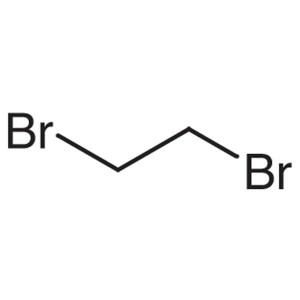
1,2-Dibromoethane CAS 106-93-4 Purity >99.0% (GC)
-
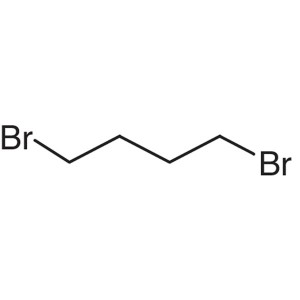
1,4-Dibromobutane CAS 110-52-1 Purity >99.0% (G...
-
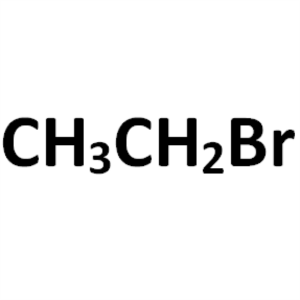
Bromoethane CAS 74-96-4 Purity >99.0% (GC)
-
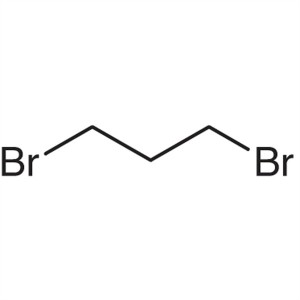
1,3-Dibromopropane CAS 109-64-8 Purity >99.0% (GC)
-
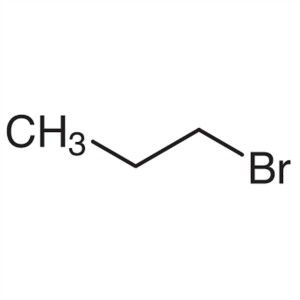
1-Bromopropane CAS 106-94-5 Purity >99.0% (GC)
-
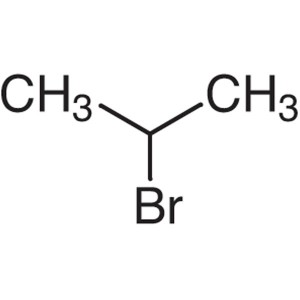
2-Bromopropane CAS 75-26-3 Purity >99.0% (GC)
-
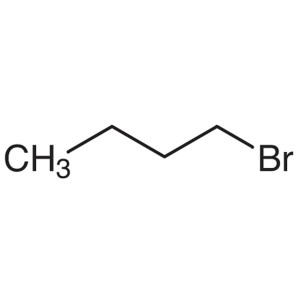
1-Bromobutane CAS 109-65-9 Purity >99.0% (GC)
-
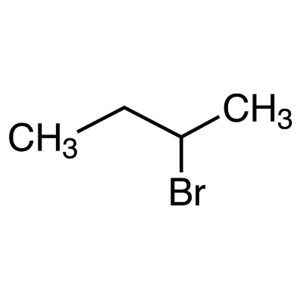
2-Bromobutane CAS 78-76-2 Purity >98.0% (GC)
-
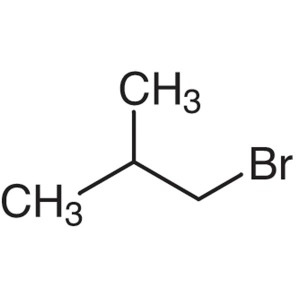
1-Bromo-2-Methylpropane CAS 78-77-3 Isobutyl Br...
-
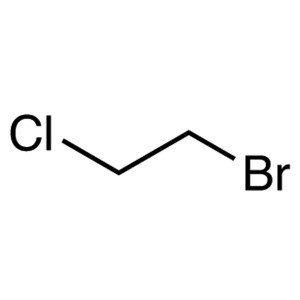
1-Bromo-2-Chloroethane CAS 107-04-0 Purity >99....
-
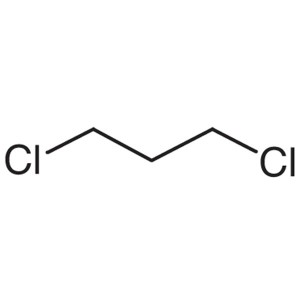
1,3-Dichloropropane CAS 142-28-9 Purity >99.0% ...
-
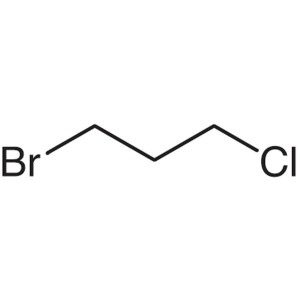
1-Bromo-3-Chloropropane CAS 109-70-6 Purity >99...
-
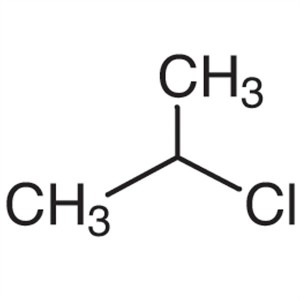
2-Chloropropane CAS 75-29-6 Purity >99.0% (GC)
-
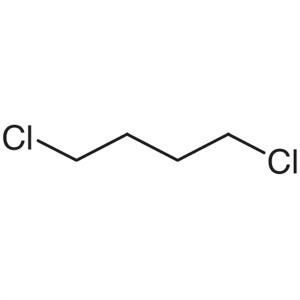
1,4-Dichlorobutane CAS 110-56-5 Purity >99.0% (...
-
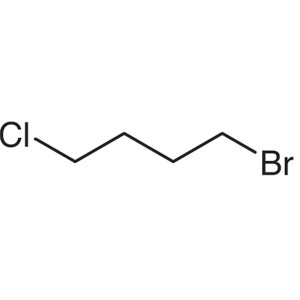
1-Bromo-4-Chlorobutane CAS 6940-78-9 Purity >99...
-
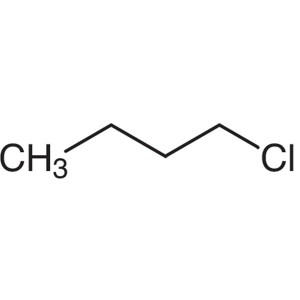
1-Chlorobutane CAS 109-69-3 Purity >99.5% (GC)

